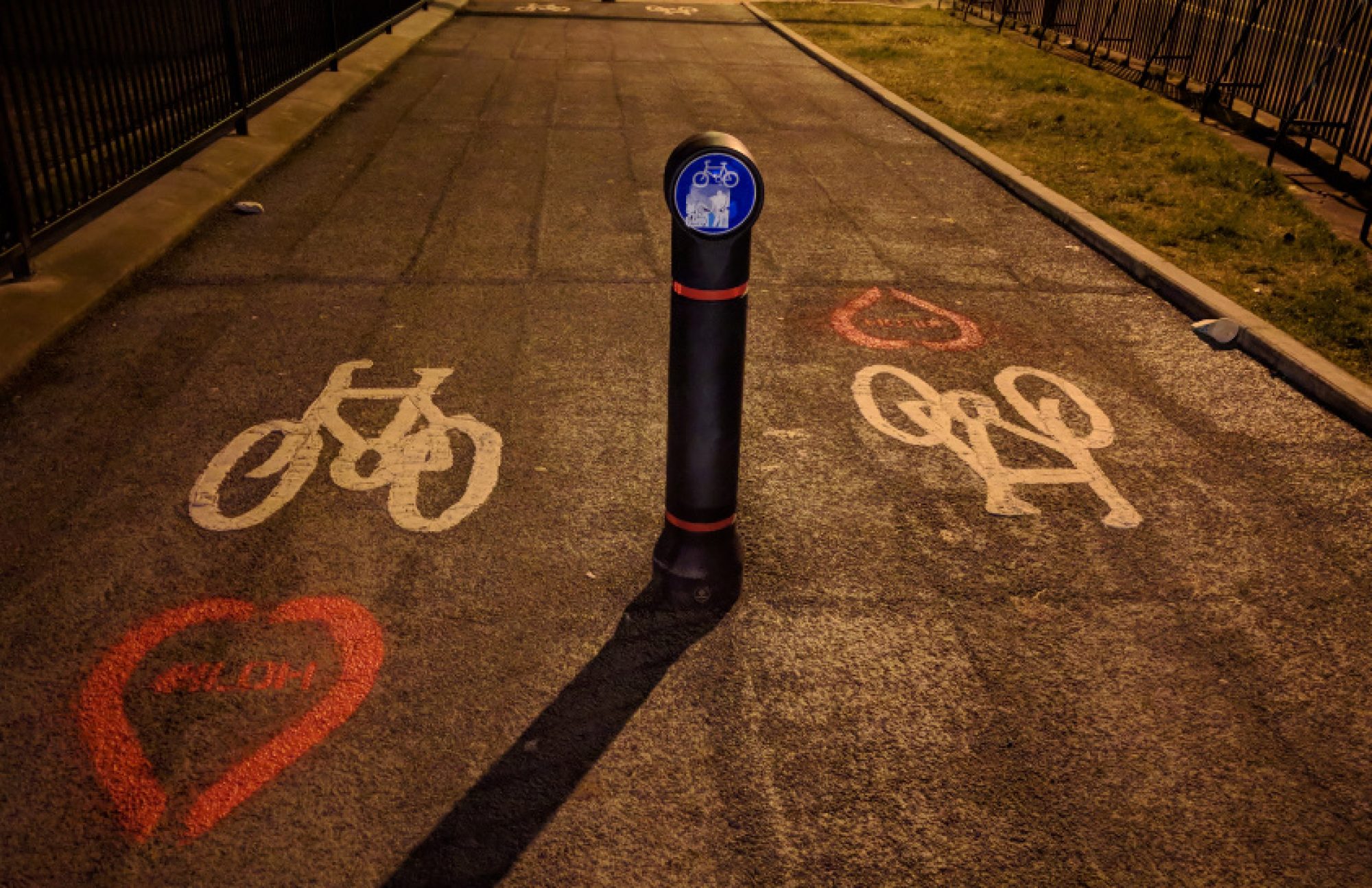The latest lot of Transport Scotland statistics are out (for 2017) and make for some pretty depressing reading, particularly with the demonstrated continued massive increase in car use and provision.
We’ve added the full document to the Statistics section of our Evidence pages and have pulled out some of the key facts for you here:
Those 10% of journeys by bike promised by 2020 just don’t seem to be materialising although it will be interesting to see how those figures look over the next few years once the doubling of the active travel budget starts to take effect.


2/3 of commuters said that they travelled to work by car or van in 2016, 12 per cent walked, 10 per cent went by bus, 5 per cent took a train and 3 per cent cycled.
Over the last five years, there have been increases in car, air, rail and ferry passenger numbers and distance cycled, while there has been a fall in bus passengers.
2.9 million motor vehicles licensed in Scotland in 2016, increasing to its highest ever level. This was 14% higher than in 2006 and up from 0.9 million in 1964.
1% increase in new vehicle registrations in 2016 compared to 2015; 268,000 in 2015, 270,000 in 2016. This was the highest number of new registrations in a single year since the peak of 263,000 in 2004).

46.4 billion vehicle kilometres were travelled on Scotland’s roads in 2016– an increase of 2% over the year, 5% more than in 2006 and the highest recorded level.
Long-term, the volume of car traffic on major roads (Motorways and A roads) has more than doubled, from an estimated 9,300 million vehicle kilometres in 1975 to between 28,000 and 30,000 million vehicle kilometres for the last ten years. Since 2004, the length of major roads in Scotland has remained at around 3,500 km, increasing slowly but steadily over this period.
11.7% of journeys were perceived to have been delayed due to traffic congestion in 2016, a reduction of 1% since 2006. This is 3% lower than the peak of 14.4% in 2007.

37% fall in road accident injuries seen over the last ten years.
Casualties of all severities from road accidents have been falling for the last ten years, with number of deaths falling in every year apart from 2006 and 2014 over this period.
Serious injury casualties fell in every year in the last ten apart from small rises in 2008, 2012 and 2014, while there have been no increases in slight injury casualties.
0.35 people were killed or seriously injured per thousand population for Scotland compared to 0.41 for Great Britain in 2016.

393 million bus passenger journeys in 2016-17, a decrease of 3.4% on the previous year. One in three of bus journeys in 2016/17 were made under the National Concessionary Travel scheme.
Bus passenger journeys have generally been falling in the long-term, almost halving between 1960 and 1975 and roughly halving again since then.

31% of journeys to work were by public or active travel in 2016, the same as 2006. Public and active travel to work has remained at around 30% since 2006, with cycling retaining a low modal share but showing increases in share of work travel in the cities (the proportion of Edinburgh residents cycling as their main mode of travel to work has increased from 3% to 5.8% over the last 10 years)

27% of Scotland’s greenhouse gas emissions are accounted for by transport.
8.2% of the UK’s transport emissions are accounted for by Scotland
Newly registered cars are becoming more efficient in terms of carbon dioxide emissions, with average CO2 emissions in Scotland for new car registrations falling by 27% over the last ten years and by 1.2% in the last year.



